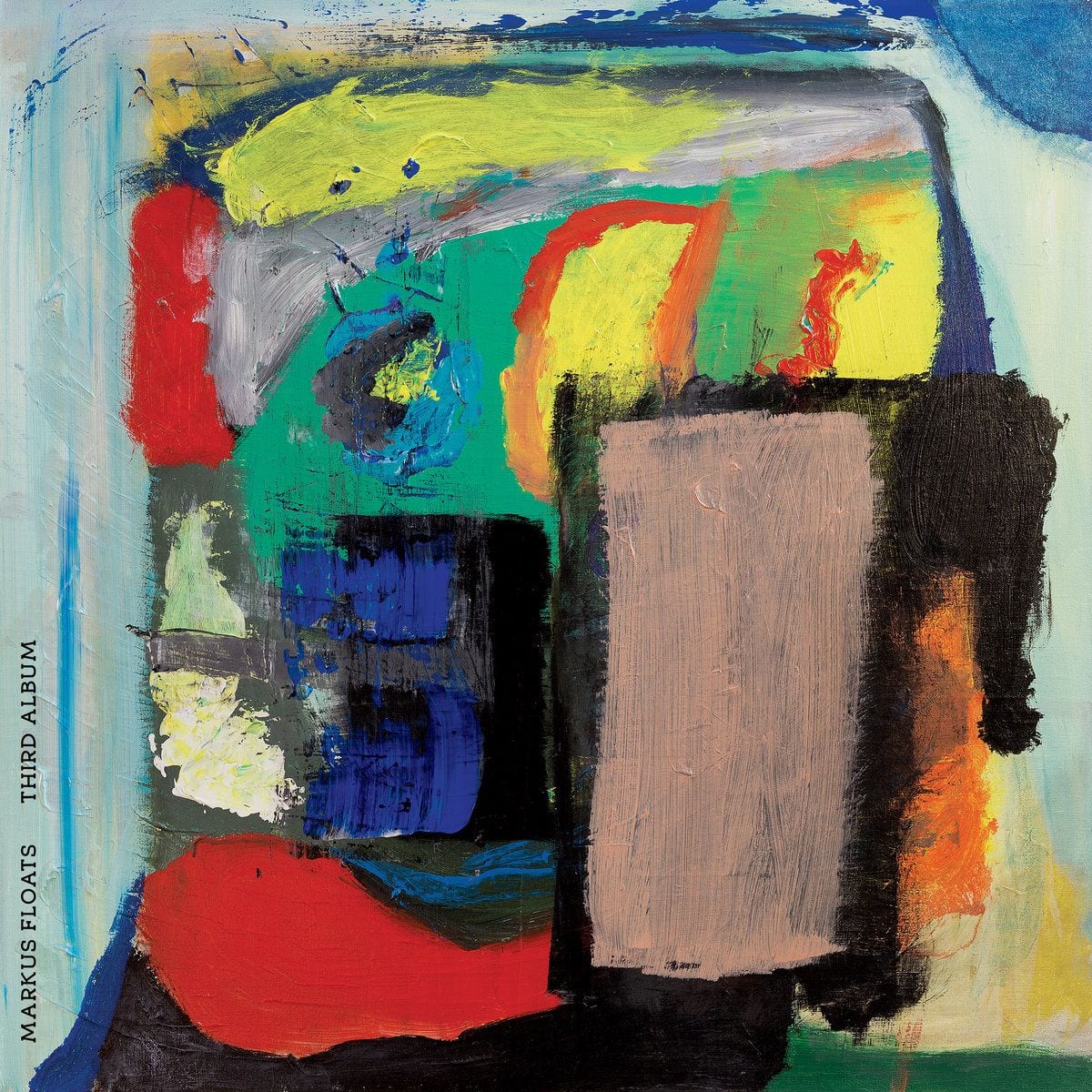
I confess to being rather enchanted by Markus Lake (aka Markus Float). He’s a guy with a We Jam Econo Minutemen tattoo who cut his teeth in the Calgary punk scene, moved to Montreal, and is an active part of the DIY music community there as both performer and organizer. He plays (and has played) with a wide diversity of bands ranging from Egyptian Cotton Arkestra to punk band Neighbour’s Guitar to Elle Barbara‘s Black Space, and has a degree in electroacoustics to boot. What enthuses me is that willingness to immerse entirely in music as a youthful thrill; as a community; as an infrastructure; as a wide range of performance models; as an intellectual practice that rewards deep and patient consideration.
Accompanying his ‘all in’ devotion to music, Lake has a calm and unpretentious approach that can be seen in his decision to simply name his solo albums First Album, Second Album and Third Album. It reflects the belief that music isn’t just something one does; it’s a life one leads, so each release is an excerpted component of an ongoing and all-encompassing journey. The titles on Third Album also reinforce this ideal of travel in the form of a ‘little engine that could’ mantra: “Forward”, “And”, “Forward Again”, “Always”, “Moving”, “Forward Always”. Even the gentle switch of Markus Lake recording as Markus Floats has a charming sense of movement to it.
The majority of Third Album consists of a variety of synthesizer patterns drawn in thick lines over a snake-pit of shifting and sliding drones. The commonality of titling is in harmony with the unity of the compositions themselves, which all seem to explore similar terrain. “And” is centered on an effervescent loop that bubbles over and over until subtle interventions nudge it into new shapes – it’s like Lake is building a composition around an early Steve Reich composition. That initial proposition is increasingly disrupted by very subtle field recordings, held synth tones, more rapid intervention and retraction of elements.
The two shorter pieces are the most complete, given that they take a single idea and play it out to a single conclusion. “Forward Again” starts with a little keyboard figure that pings off different surfaces and ricochets back and forth against a sound like barnacles being ground off of a wooden boat hull. There’s a startling moment when everything just snaps off to silence for a long moment. Then the fanfare surges back at full force, powering through the speakers and drowning the room as overtones fall like the white spillage of breaking waves. Meanwhile, “Moving” presses upward toward a hopeful heaven before falling into more elegiac and pleading territory that tears apart into separate elements that continue to twinkle until there’s just a hammered piano key juddering against a radio signal.
Other pieces tend to feel like shorter ideas sewn together. Usually, there’s a clear dividing line where a single sound takes over, forming both ending and introduction between passages. On “Always“, the burbles and glitches of the first half are overwhelmed by a long siren tone that stretches and twists before other hefty cords begin winding around it to form a muscular cable of sound.
There’s also a humbleness about Third Album, resulting from its relatively short length and the sonic unity of the material. “And”, for example, has much in common with “Always” both structurally – fairly clear first half/second half – and sonically – loops superseded by sustained tones. That can feel like the same ideas being worked out in slightly different formats.
Structurally, the titles point to a reality that the album doesn’t come to a single centerpiece with visible ascend and descend on either side. Everything moves smoothly up and up to crest on “Forward Always“, which begins with a woodblock clopping sound that audibly mimics the finger-click on the opener “Forward”. This is the most energetic workout on the album. Different arpeggios work against one another with the chipper upbeat spirit of a Disney cartoon building site.
That gives way to a second passage of dark ambient echoing, skittering, and whirring that shake the head. This leads into a renewed, but more shady, phase of arpeggiated patterns in a long cycle of fade-outs, sudden sparks back to life, drops to silence and last gasps. It’s a fitting conclusion to the album as it encapsulates a lot of the approaches and techniques used throughout.
An issue I have with solo electronic and laptop composition is that there’s something about the instrumental format that imposes a certain narrative. In the same way that the combination of a violin and a bow results in a sinuous and fluid form, solo electronics can often feel like the layering of elements being switched on/off or turned up/down. Working alone, it seems to take harder work, or particularly fizzy wiring in the brain of an artist, to come by the alchemical out-of-nowhere interventions and collisions that can occur in a communal musical environment.
That’s definitely a factor here, things glide, they progress, they evolve, but there aren’t many lightning strikes that set the ground alight. But that’s OK. Third Album is a brief and assured bulletin from a musician with a clear aesthetic and a knowledge that the point of any work is to make the statement, enjoy it, then declare, “what’s next?” That kind of rapacious and roving appetite for creation makes Lake a man to watch.

